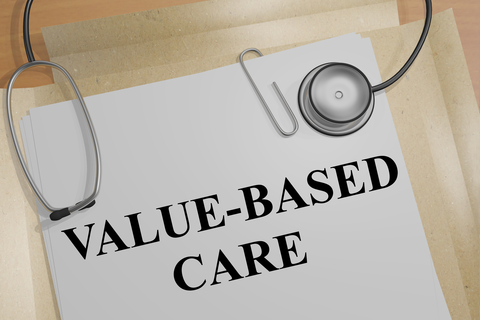
When I was a young pharmaceutical hospital representative, I had at least five products to promote to five different hospitals and to at least 12 different specialties. I vividly remember being on a conference call (on a grimy pay phone) where I was told that beginning that moment, one of our products would change from 20 percent to 90 percent of our territory’s performance weighting. And I turned on a dime.
Was I or anyone else considering the effects my lack of attention and support would have on those customers that now made up less than 10 percent of my focus combined? What would I do when my plan changed again and I wanted to go back? How would my hard-earned reputation suffer when I stopped coming? And jeez, what about the patients?
Organizational behavior theories include the evolution of older and simpler to now more complex concepts and principles, but what happened in my example was Pavlovian. To change a person’s behavior, change her incentives based on what you know will motivate her. Move her proverbial cheese.
In the great halls of the U.S. government, the Center for Medicaid and Medicare Services (CMS) has been trying to change behaviors of medical professionals from volume to value for a decade. What can we as leaders of learning and development learn from the evolution of volume to value-based care reimbursement?
The U.S. government makes its purpose clear: “Value-based programs reward health care providers with incentive payments for the quality of care they give to people with Medicare.” Imagine a cardiologist on that pay phone with her CMO hearing that instead of being paid for every and all (volume-based) cardiac procedures and all associated fees (fee for service model), she will now be measured and paid based on a complex financial and performance accountability model.
Would we as L&D leaders ever just announce autocratically that things have changed and here’s what you now need to do without first creating a sense of purpose and relevance for our constituents?
The cardiologist also hears that if she does not meet these new performance metrics, she will not just lose out on the upside rewards, she will be penalized and make less than she does now (double-sided risk).
Would we launch our new training initiatives by including fear and insecurity to encourage everyone to comply? Would we stratify the learners into winners and losers according to their test scores, completion rates and subjective observations of behavior change?
When the cardiologist hangs up the phone, she must roll this out to her entire department. Before she does, she attends a few meetings with confusing and complicated details from executives that admit they don’t like it and colleagues that express defiance, frustration and anger.
How do we include our internal stakeholders and first- and second-line leaders to make sure that they were involved in the original goals of the initiative before it was developed? Do we first focus on the tools and resources they will need to easily facilitate and execute this initiative with confidence and purpose?
The message her frontline staff hears is that all the burden of proving their department’s and hospital’s value falls on them and how well they record and code everything they do. Additionally, they must perform these administrative tasks while also providing high quality patient care. There is no extra or protected time.
Do we truly consider the full scope of our constituents’ days and the many pressures and responsibilities they have? Do we design our training to not only fit in, but to enhance their experiences and goals for themselves? Do we imply or explicitly say they’re expected to sit at a laptop in the evenings and watch a long module with tests at the end and send those to their managers?
Finally, if she or her staff need additional information they can refer to the CMS website or participate in prescheduled conference calls where CMS staffers copy-pasted from the final rule into 75 slides which they read during the call. There is a live Q&A at the end for anyone from anywhere with additional (usually situational) questions.
Understanding that not all training material can be integrated into advanced media or channels due to urgency, content, regulations and certifications, for example an unexpected labeling change, would we still take a stance and use what we know best and the resources we can identify to roll out the training in the most optimal way? Would we not only make sure the required content was included but also the context and applicability? Would we congress with internal and external stakeholders prior to defining our instructional design?
The current value-based care initiatives are trying to improve the overall health outcomes of patients while also controlling massive annual costs. Theoretically, that is a shared goal of health care providers. They care about their patients first and foremost. But as they are being asked to pivot, they are experiencing unprecedented levels of burnout, career dissatisfaction, depression and even suicide.
Of course, we cannot directly compare a national $583 billion program with so many lives affected to even our own spans of control. But we can remind ourselves that we have an important responsibility to achieve the performance goals and objectives of our internal stakeholders while modeling and prioritizing the principles of adult learning and behavior that we know better than anyone else in our organizations.
And perhaps most importantly, while we train and develop our customer-facing employees and their leadership, we can do it with shared purpose to deliver value to the healthcare providers we all serve, and with empathy for the challenges they face and the patients that should remain the true inspiration for us all.
Kristin Scott is director, learning & development solutions, for TGaS Advisors. Email Kristin at kscott@tgas.com.








